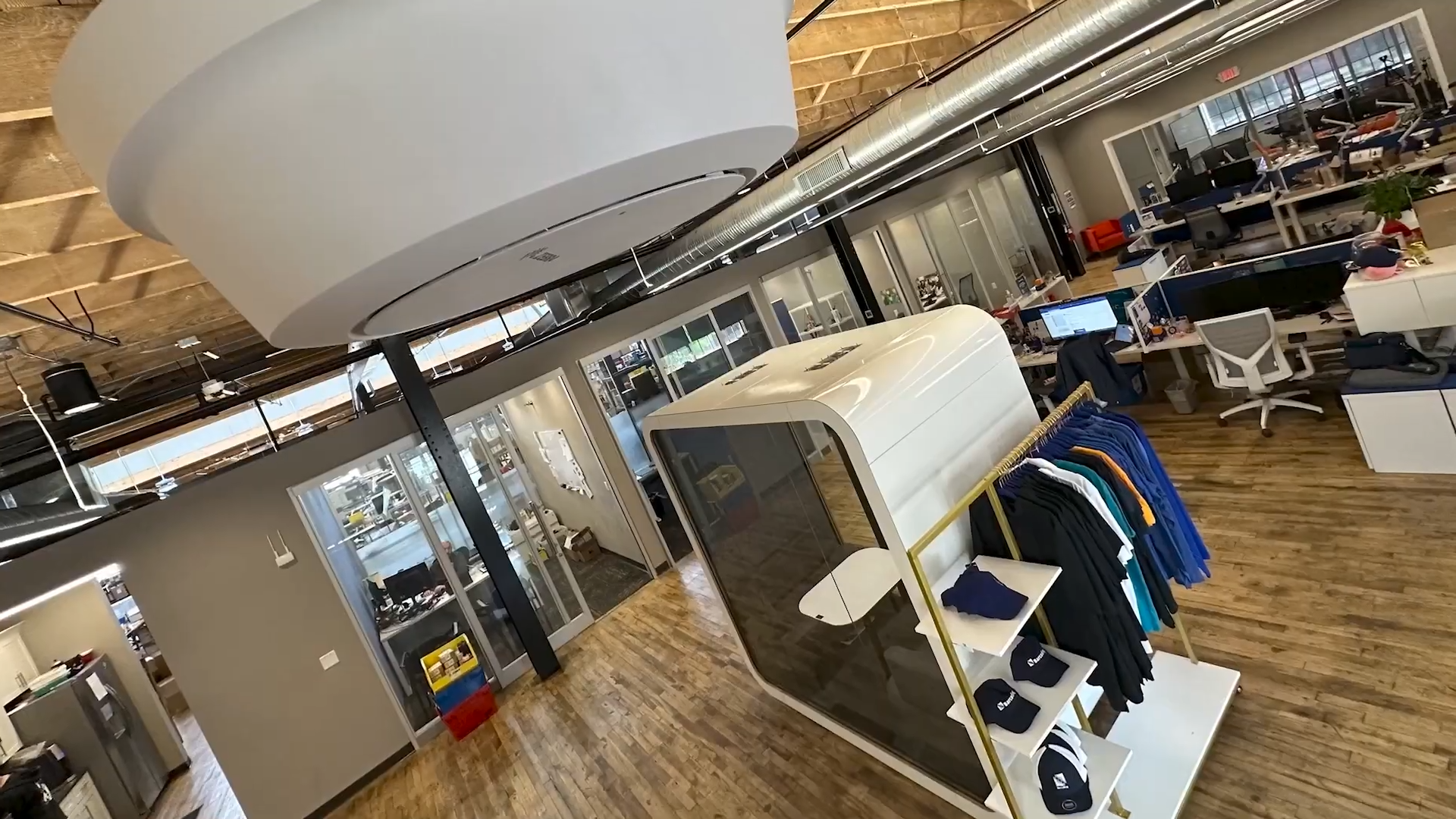You’d be hard-pressed to name a patient-care related process workflow that hasn’t changed to take advantage of technology and improve outcomes.
Then again, nurses might point out they’re using the same decades-old hospital patient belongings policy forms and clipboards. Or maybe they type a list of patient property and valuables somewhere in the electronic medical record system.
In most facilities, the forms and processes in use weren’t designed for today’s fast-moving, often stressful healthcare environments. Hospitals’ patient belongings management processes are ready for a redesign, and here’s why:
- Personnel shortages aren’t going away
- Tedious tasks like documenting patient belongings factor into staff burnout
- Patient satisfaction matters more than ever, and they don’t like your clipboard, either
Is it time to reconsider your facility’s patient belongings workflow?
What’s One More Recordkeeping Task in a Nurse’s Workload?
Healthcare has been challenged by burnout for years, with up to one third of nurses experiencing burnout symptoms before the COVID-19 outbreak. Rates spiked during the pandemic, when about 100,000 registered nurses quit due to pandemic-related stress.
Studies show that clerical burdens are among the biggest drivers of clinician burnout. Nurses already spend about half their time on clinical documentation requirements, internal quality reporting, and documentation to meet accreditation standards. When patient care providers spend half their work hours on administrative tasks, that’s a pretty strong argument for streamlining and automating as much documentation as possible.
Time shaved off administrative processes performed by nursing staff is time that can be redirected back into patient care. And by automating workflow processes, you can help reduce nurses’ decision fatigue and help prevent errors. That can help your whole organization improve care, enhance patient experience, protect your reputation, and save on reimbursement costs.
Here are nine important considerations to take as you review your patient property collection processes.
1. Nurses Aren’t Data Entry Clerks
You wouldn’t expect non-clinical employees to monitor patient vitals or administer medications, yet nursing staff routinely take on non patient-care tasks. Nurses regularly handle housekeeping and maintenance tasks that pop up, and they’re often already responsible for significant medical recordkeeping and documentation.
Is that actually making smart use of their valuable patient care skills?
2. Patients Can Be Moved
Emergency departments are a common way for patients to be admitted to a hospital. Patient property is often collected in the ED—often under high-stress, urgent conditions. That stress can affect the quality and accuracy of property records created. Then, as property is moved when the patient is transferred, it could be at risk of being lost or misplaced.
Emergencies aren’t the only example of patient moves. Patients can be transferred from smaller hospitals to more specialized facilities, from hospital or clinic to rehabilitation facilities, from department to department, or from room to room.
3. Patients Receive Items During Their Stays
Hospital stays are not always planned, and sometimes loved ones bring personal items for patients. These can often be the types of objects that are commonly lost and misplaced, like eyeglasses, hearing aids, and assistive devices. Visitors sometimes bring gifts of value. The added steps of retrieving and updating paper property forms can add a significant burden to already busy staff.
4. Unclear Steps & Outdated Systems Lead to Losses
The cumbersome paper-and-clipboard approach is prone to error and incomplete information capture. They’re often designed as checklists, but that assumes someone somewhere, often years ago, created a comprehensive list of everything a patient could possibly wear or carry into a facility. Sometimes, belongings documentation involves multiple sets of forms: belongings, contraband, over-the-counter medications, prescription medications, and valuables.
5. Patients Find Paper Forms Cumbersome
At hospital admission, patients are rarely at their best. They’re often under stress. They can be confused, ill, impaired, or unconscious. Even if they’re not, the introduction of paper forms can negatively affect their admission experience and impact patient satisfaction. That’s been shown to affect patients’ perceptions of the quality of healthcare they receive—and it can even impact patient perceptions of health outcomes.
6. “Low-value” Items Can Be Priceless to Patients
Patients are only human, and it’s not uncommon for people to ascribe meaning and attach value to objects that have no material or monetary worth. Staff often has no way of knowing which items in a patient’s possession could fall into this category, so a system that facilitates comprehensive documentation is a facility’s best defense against lost or misplaced personal treasures.
7. High Costs of Investigation & Reimbursement
For many hospital systems, emergency departments are a common source of post property claims. Small items like jewelry, dentures, hearing aids, and prosthetic devices can cost thousands of dollars to replace.
Reimbursement claims cost more than items’ cash value, too. Claims for lost, stolen, or damaged patient property also take time to report, investigate, document, and resolve.
8. Risk to Your Healthcare Facility’s Reputation
While healthcare practitioners want to focus on quality of care and good health outcomes, patients are also consumers of healthcare services, and as such, have come to expect a high level of service that’s comparable to their experiences in other aspects of their lives.
In an age of starred online reviews and online content that goes viral fast, a seemingly small misstep that affects patient experience can quickly become a public crisis and a reputational challenge for your organization.
9. Litigation Risk
A hospital doesn’t have to have rampant challenges in its patient property handling processes to be at risk. One lost item can lead to a lawsuit and its associated costs. If a patient can prove they had the item and it was lost while in your facility’s care, depending on state laws, patients or their families may be allowed to sue.
One Simple Change Can Benefit Everyone Involved
Automating patient belongings collection can help mitigate risks to healthcare staff, patients, and your organization by introducing a higher level of process standardization. And a solution that enables staff to quickly and completely generate accurate records and document details—right down to photographic records of models and serial numbers—can be a game-changer.
Staff can quickly and confidently account for all patient belongings, and digital records create one source of organizational truth. Patients may note the attentiveness to their personal property and feel cared for in a holistic way. But most importantly, nursing staff can focus their time and attention on providing the best in patient care.
Learn more about the benefits of automating your tracking and management of patient belongings. Click here or below to download our free whitepaper.







